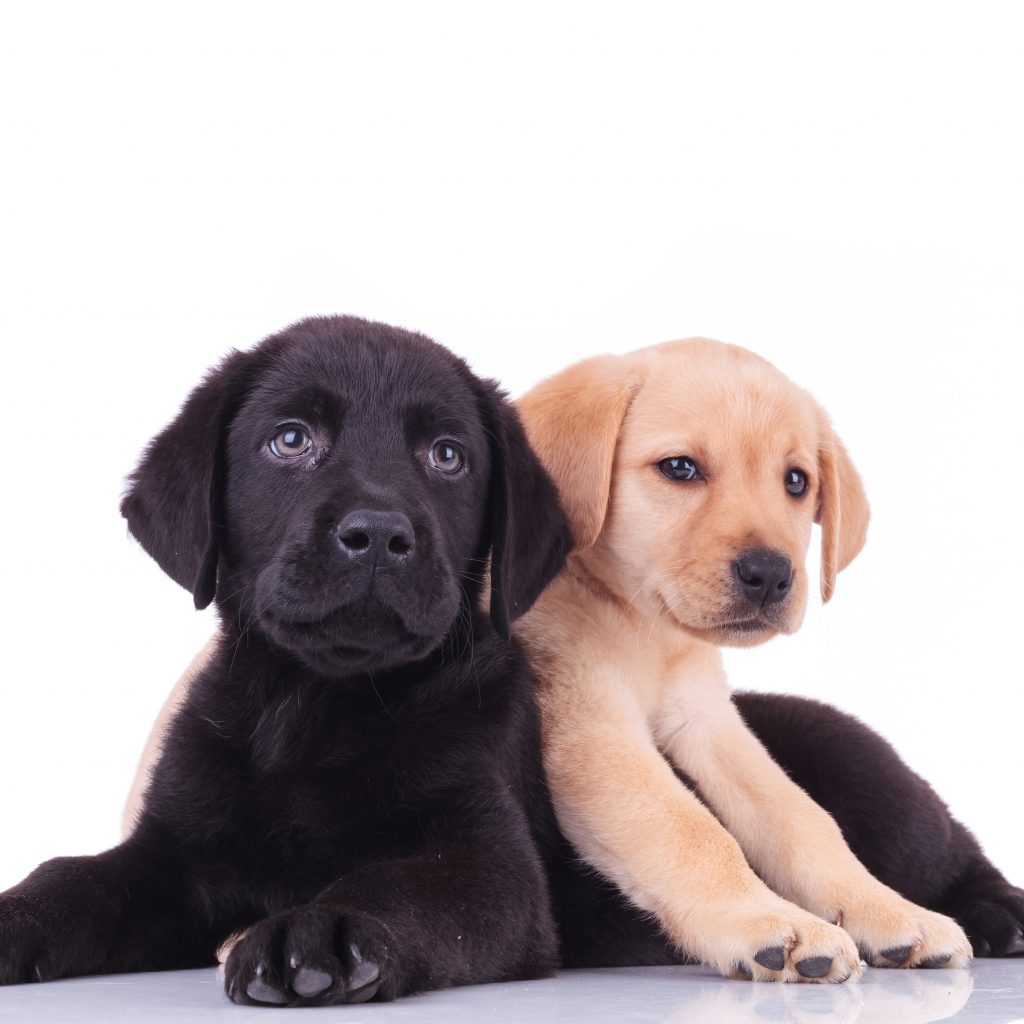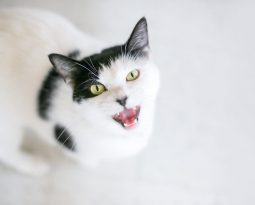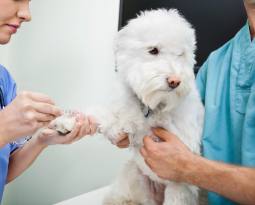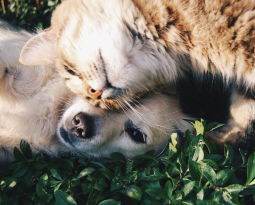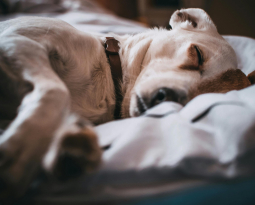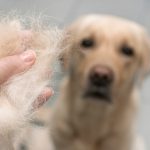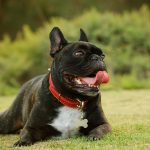Consider a dog’s coat for a moment. What is it you picture when you read the phrase double-coated dog? Chances are, you pictured a dog like a Siberian Husky. Afterall, their double coat tends to stand out amongst the rest for a reason as it’s fluffy, fluffy, and… did I say fluffy?
Yes, it’s true that some dogs with a double coat have a fluffy physique. But you might be surprised to learn there are many double coat dog breeds – and actually some huskies – who do not share in this poofy appearance.
So… what is a double coat on a dog?
Dog Coats: A Quick Understanding of the Basics
We’ve all heard the saying: owners look just like their dogs. Well, just like us humans, dogs have different types of hair that require different types of maintenance.
Hair or Fur
A dog’s coat refers to their hair or fur. And while some may use the terms synonymously, genetically, there is a difference.
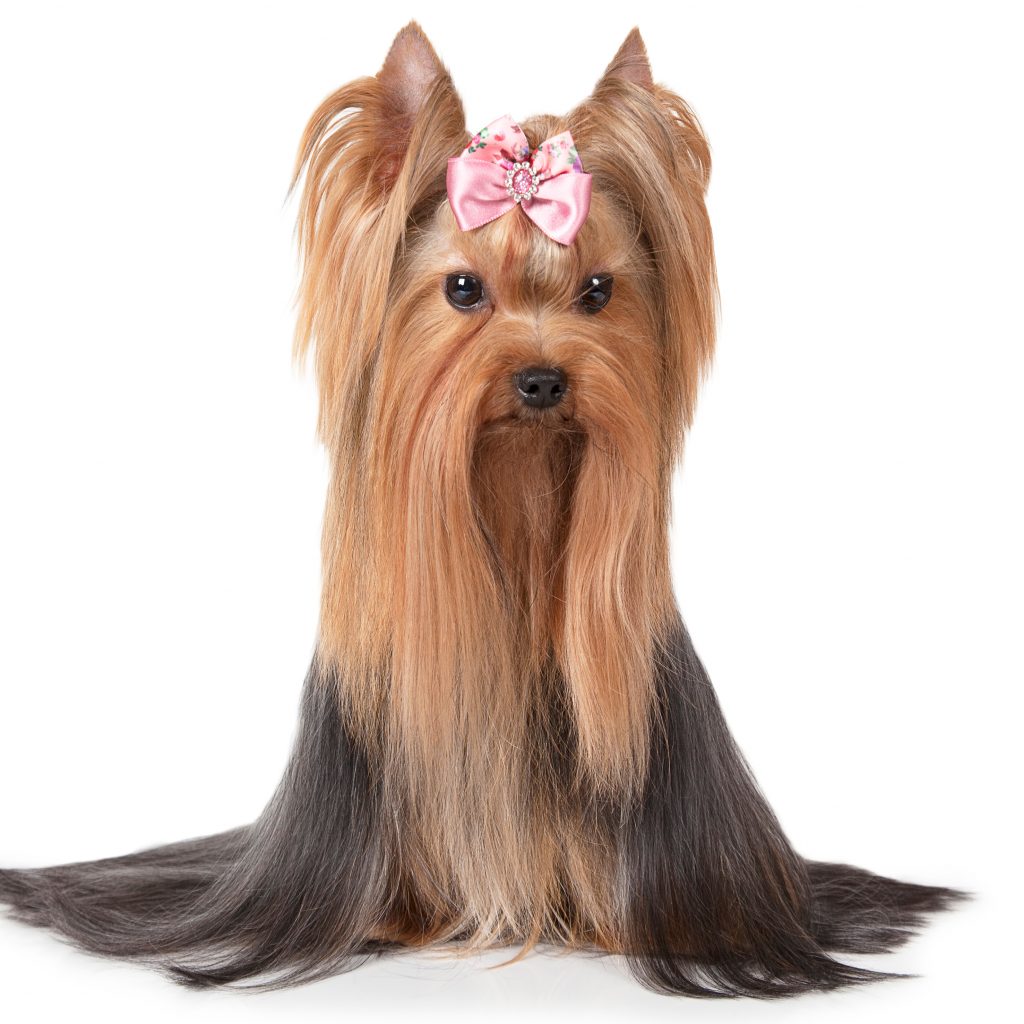
To put it simply: dog coats are considered fur when they grow to a predetermined length (it will stop growing on its own), whereas hair coats grow and grow and grow.
Double Coat vs. Single Coat
All dogs have an outer coat, or primary coat, often called guard hairs. And no matter the length of this outer coat, some dogs have the presence of a shorter, denser undercoat referred to as secondary hairs.
Undercoat hairs are shorter and weaker than the outer coat hairs, and serve to insulate your dog – keep them warm in the cold and cool in the heat. This is why it’s not recommended to shave your double-coated dog in the summer.
Why Do Some Dogs Have Double Coats?
As previously stated, double coats serve to keep your dog warm and cool. The insulation that their shorter, thicker undercoat provides helps to regulate your dog’s internal temperature. Whether that be by trapping in heat or allowing them to sweat in order to cool off.
For many breeds, this is functional to the climate they were bred in.
Take huskies for example. Arctic breeds were bred for harsh, cold environments. The thick wool of their undercoat protects their skin from snow and ice and allows them to live quite comfortably in those climates.
But what about those fluffy, double-coated dogs bred for moderate environments? Dogs like the German Shepherd were bred to herd sheep and protect the flock. This means they’re bred to live and work out on the farmland. Shepherd dogs know seasons better than anyone, and what they know is their work stops for nothing. Hot, cold, rain, wind… you name it, they’re working in it. Their double coat protects them in all types of weather, keeping them warm or cool, as well as dry.
Does My Dog Have a Double Coat?
When it comes to identifying double-coated dog breeds, dogs such as the Siberian Husky or German Shepherd are quite obvious picks. The shorter, yet thicker, layer of wool clumps these dogs leave behind when they shed is a perfect indicator.
But what about dogs who aren’t quite as obvious as the husky?
The Retrievers
The Labrador Retriever is a perfect example of a breed with seemingly one coat. This isn’t a fluffy-coated breed, right? The double coat on a lab helps insulate them, but it also serves to keep them dry!
Along with the Labrador Retriever, Golden Retrievers and the Nova Scotia Duck Trolling Retriever are equipped with double coats.
Australian Cattle Dogs
Also known as the Blue Heeler or Red Heeler have a thick undercoat that aids in repelling rain just like the labrador. Shedding their undercoat twice a year, their dog coat is relatively easy to maintain. Though, as with any double-coated dog, a daily brushing is a good idea to keep their coats healthy.
The Collies
Border Collies, Rough Collies, and Smooth Collies are working dogs just like the German Shepherd.
Dogs bred to work on farms have to be equipped to work in all weather conditions. As such, their outer coat helps to repel water, while their undercoat provides warmth in harsher, colder conditions.
The Terriers
Terriers with double coats include:
A Few More Surprising Finds
Some dog breeds you may be surprised to find have double coats include:
Okay, maybe that last one is another obvious double-coated dog. Is there a dog with a more gloriously fluffy coat than the Pomeranian?
Dog Coats: Caring for Double Coats and Single Coats
Whether your dog comes with one coat or two, here are some tips on keeping your dog’s coat healthy.
- Daily brushing helps remove dirt and tangles, as well as spreads healthy oils through your dog’s coat.
- De-shedding: for the most part, your dog’s body takes care of this by itself. However, it’s vital to your dog’s heavy shedding seasons to grab a brush that reaches through their double coat. This keeps their fur from being matted and tangled.
- Baths: It is not necessary for daily baths. However, a good rule of thumb is if your dog has been rolling around in the mud, they likely need a bath. If you’re concerned that your dog may need more baths due to an odor or skin condition, consult your vet.
- Other grooming tips include keeping their nails trimmed and teeth clean!
Need more tips? Check out our other blogs or reach out to the Acoma Animal Clinic, where we aim to provide the best service to keep your pet happy and healthy!


